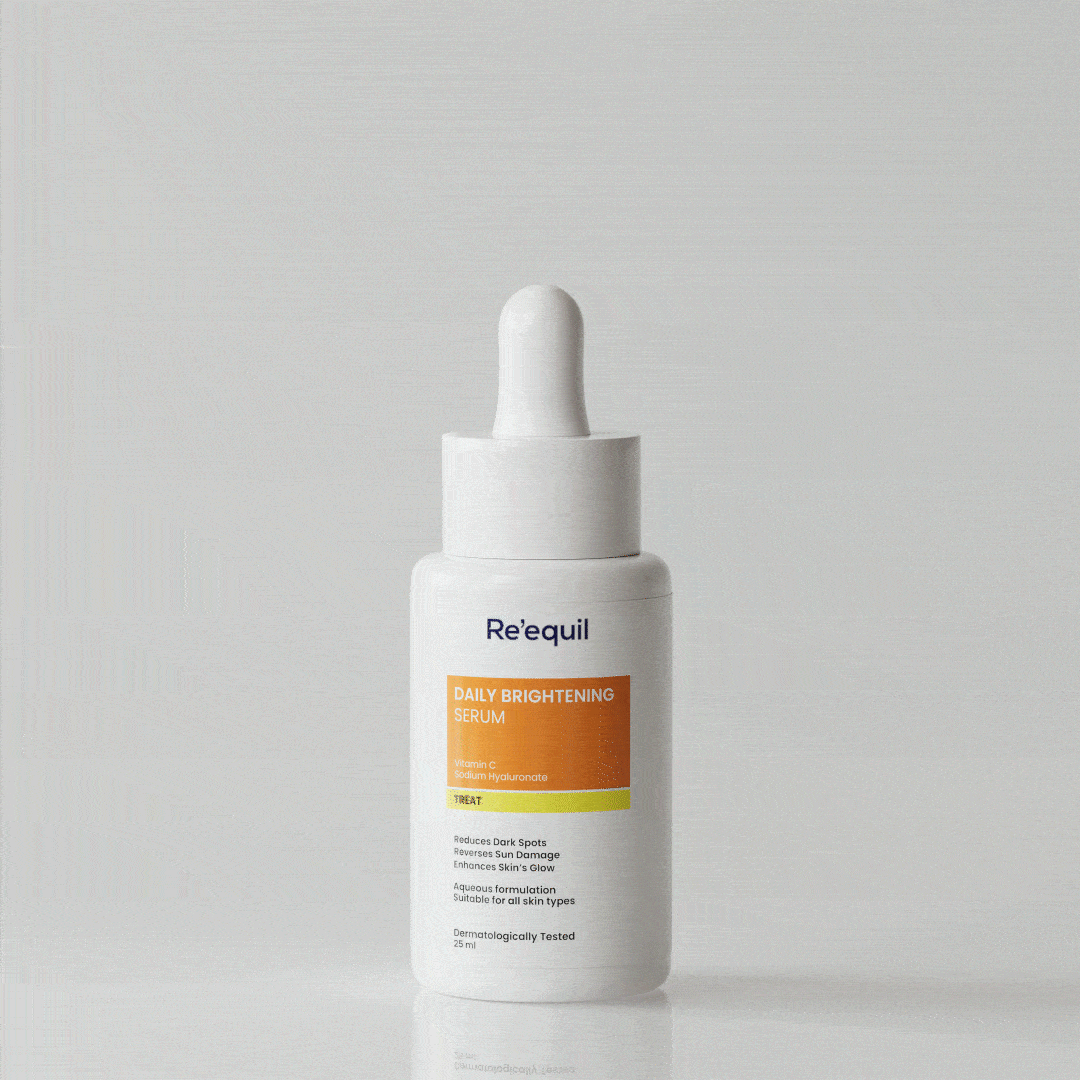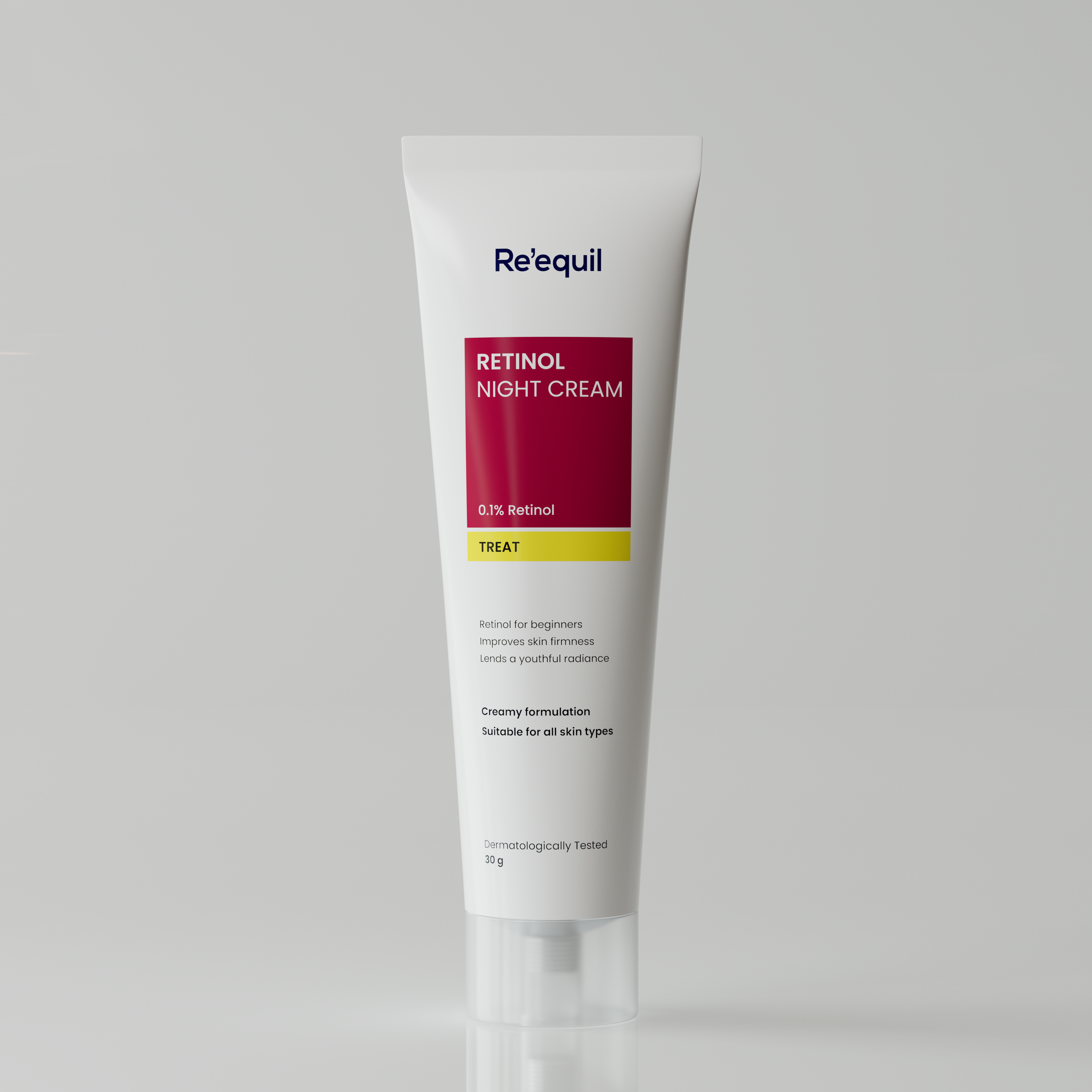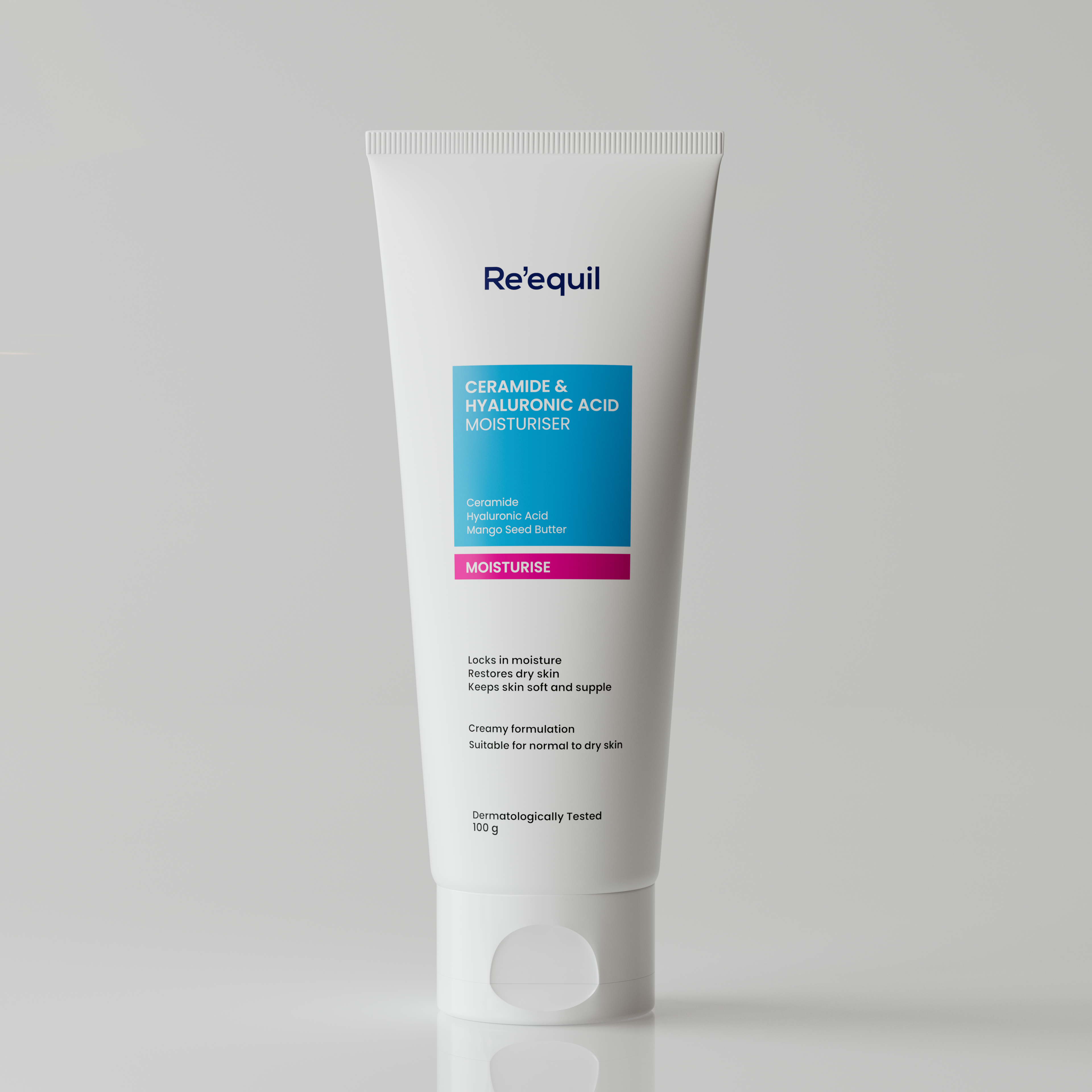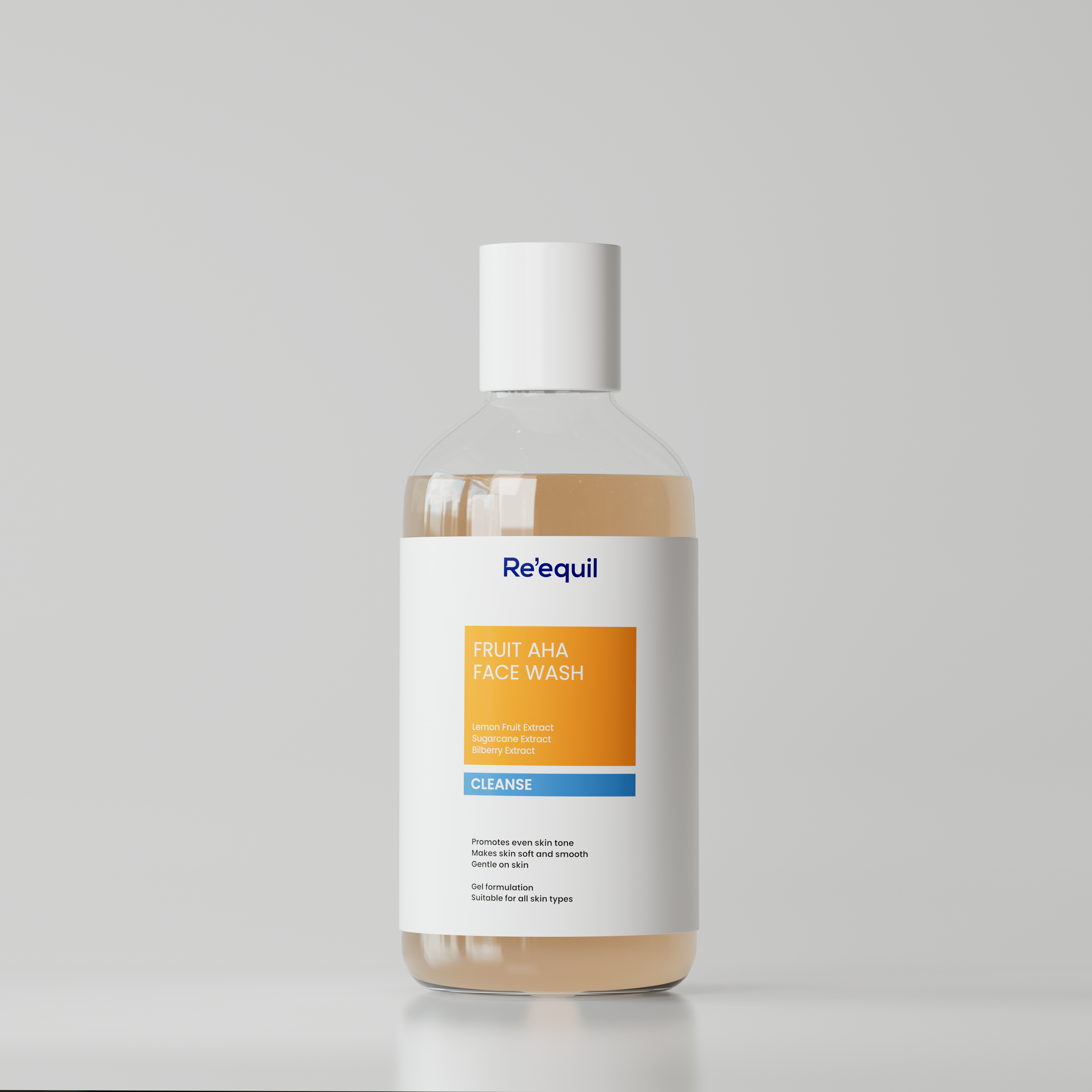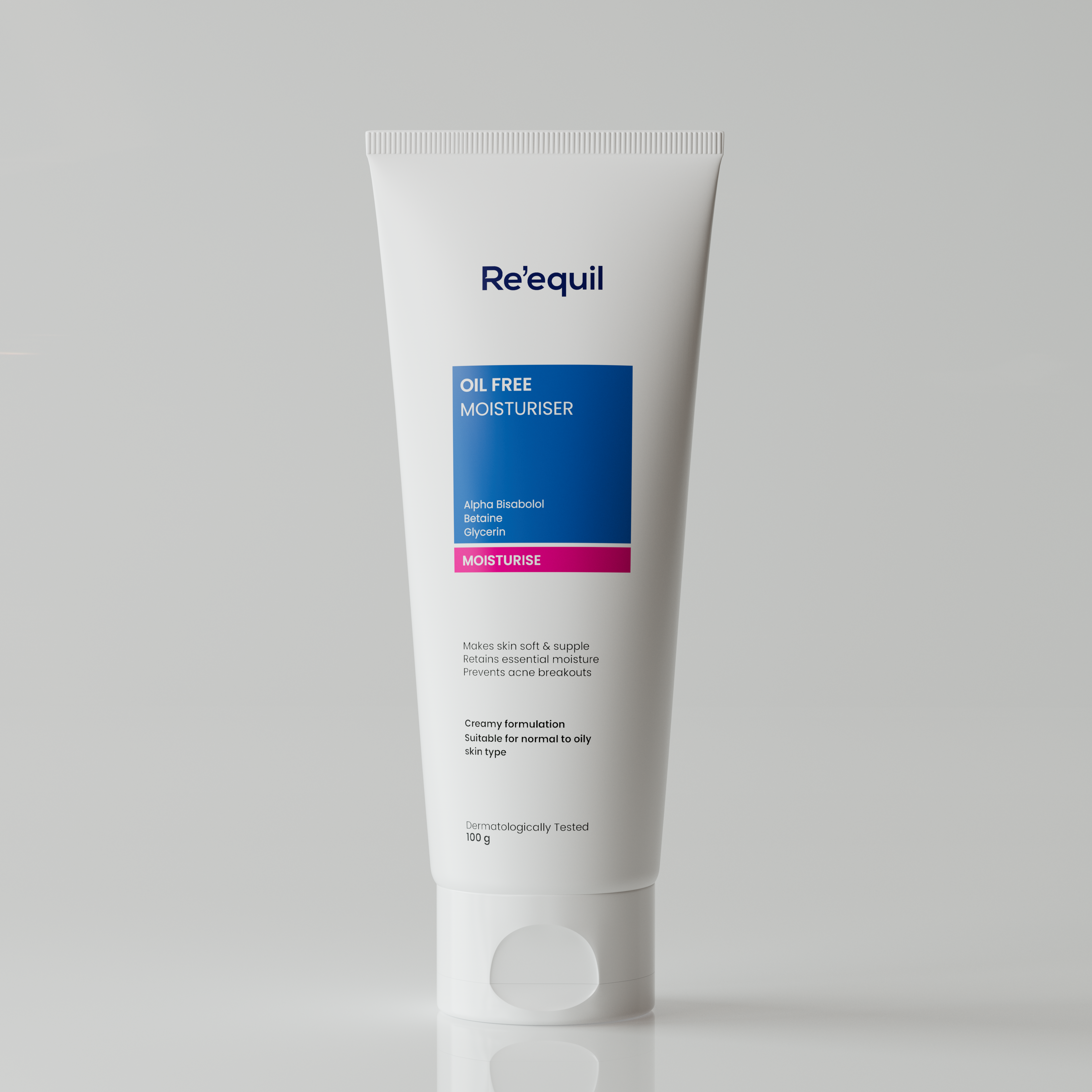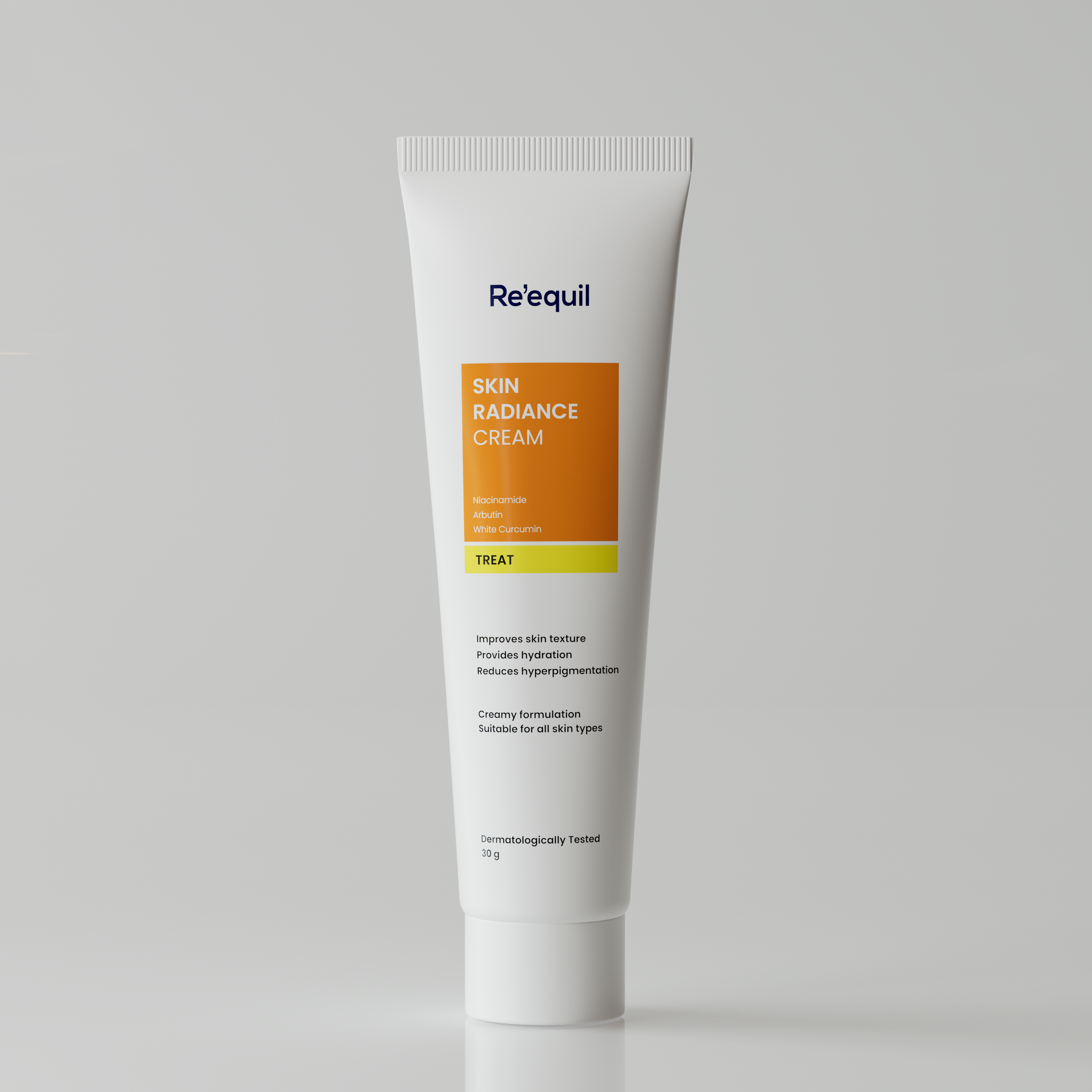Retinol, or Vitamin A1, is one of the most celebrated ingredients in skincare, renowned for its ability to fight acne, reduce fine lines, boost collagen and brighten skin.
However, despite its effectiveness, Retinol can be tricky to use and may not pair well with certain ingredients, potentially causing irritation, peeling or inflammation.
This guide breaks down ingredients you should never mix with Retinol and the science behind it.
It also offers expert tips on incorporating Retinol into your routine safely and effectively.
Understanding Retinol and its effects
Before diving into what not to mix with Retinol, it is essential to understand what Retinol does and how it interacts with your skin.
What is Retinol?
Retinol, a Vitamin A derivative, is a clinically proven compound known for its ability to accelerate cellular turnover, and stimulate collagen synthesis.
These properties make it highly effective in managing acne, minimizing signs of aging and enhancing skin texture and tone for a more rejuvenated appearance.
How Retinol Works?
When applied to the skin, Retinol is converted into retinoic acid, which is its active form.
This active ingredient works by attaching to special receptors in skin cells, where it helps speed up the process of shedding old, dead skin cells and replacing them with new ones.
Retinol also boosts fibroblast activity that stimulates the production of elastin, which are proteins that keep the skin firm and reduce wrinkles.
Ingredients to avoid mixing with Retinol
While Retinol offers numerous skin benefits, it can react poorly with certain ingredients, diminishing its effectiveness or causing irritation.
Understanding which ingredients don’t pair well with Retinol is crucial to maintaining a balanced skincare routine.
Below are some key ingredients that should be avoided or used cautiously when incorporating Retinol into your regimen -
1. Exfoliating Acids (AHAs and BHAs)
Alpha-hydroxy acids (AHAs) and beta-hydroxy acids (BHAs) are chemical exfoliants commonly used in skincare products to remove dead skin cells.
AHAs like Glycolic Acid and Lactic Acid and BHAs like Salicylic Acid, work by breaking down the bonds between dead skin cells, revealing smoother skin underneath.
Why it doesn’t mix well with Retinol
Since Retinol is already an exfoliant, using AHAs or BHAs in conjunction with it can cause excessive exfoliation, leading to irritation, dryness and increased sensitivity.
When you over-exfoliate your skin, it can disrupt the skin barrier, making your complexion more susceptible to damage from environmental factors like UV rays and pollution.
Tip: If you are using an exfoliating acid, limit it to alternate nights, or use it in the morning while reserving Retinol for your night-time routine.
This way, you can enjoy the benefits of both ingredients without causing irritation to your skin.
2. Vitamin C
Vitamin C is an antioxidant that helps brighten the skin, protect against free radicals and even out skin tone. It also promotes collagen production, which can aid in skin firming.
Why it doesn’t mix well with Retinol
Retinol and Vitamin C work at different pH levels. Vitamin C (particularly in its L-ascorbic acid form) is most effective in an acidic environment, while retinol works better in a neutral to slightly acidic pH.
When used together, they can neutralize each other, diminishing their effectiveness.
Additionally, both are potent ingredients that can cause irritation when used together, especially for sensitive skin.
Tip: To get the most out of both ingredients, use Vitamin C in the morning and Retinol at night. This allows each ingredient to work at its optimal pH without interfering with the other.
3. Benzoyl Peroxide
Benzoyl peroxide is commonly used in acne treatments for its ability to kill acne-causing bacteria and reduce inflammation. It is highly effective for treating active breakouts.
Why it doesn’t mix well with Retinol
Benzoyl peroxide is a powerful ingredient that can cause drying on the skin.
When combined with Retinol, both ingredients can intensify dryness, redness and peeling, leading to significant irritation.
Additionally, Benzoyl Peroxide can break down the retinol molecule, making it less effective.
Tip: Alternatively, use Benzoyl peroxide and retinol on alternate nights to prevent overloading your skin.
4. Physical Exfoliants
Physical exfoliants include face scrubs with granules or tools like cleansing brushes and facial sponges that manually slough off dead skin cells.
Why it doesn’t mix well with Retinol
Retinol already accelerates the skin’s natural exfoliation process, so combining it with physical exfoliants can cause excessive irritation and redness.
The abrasive action of scrubs or brushes can strip away the skin’s protective barrier, increasing overall skin sensitivity.
Tip: Stick to gentle exfoliation and avoid using harsh scrubs at nights when you apply retinol. Opt for a mild cleanser that does not disrupt the skin’s balance.
5. Hydroquinone
Hydroquinone is a skin-lightening agent that helps fade dark spots, hyperpigmentation, and melasma by inhibiting melanin production.
Why it doesn’t mix well with Retinol
Both retinol and hydroquinone are powerful treatments for the skin.
While they work well individually, combining them can be too much for the skin to handle, leading to irritation, redness, and peeling.
Additionally, both ingredients can increase skin sensitivity, particularly to sunlight.
Tip: Consult a dermatologist if you need both retinol and hydroquinone in your skincare routine.
6. Essential Oils
Essential oils are concentrated plant extracts known for their aromatic properties and potential skin benefits, such as soothing or anti-inflammatory effects.
Why it doesn’t mix well with Retinol
Essential oils can be irritating to the skin, especially when used with a potent ingredient like Retinol.
Some essential oils, such as tea tree oil or citrus oils, can be photosensitive, which increases the risk of sun damage.
Others might have a tendency towards allergic reactions or irritation when paired with Retinol.
Tip: If you want to use essential oils in your skincare routine, avoid mixing them with retinol. Always conduct a patch test before applying them to your face.
7. Fragrance-heavy Products
Fragrance-heavy skincare products contain high concentrations of synthetic or natural fragrances, which are added to enhance the scent of the product.
Such fragrances can cause irritation, allergic reactions, or sensitivity, particularly for those with sensitive skin or conditions like eczema or rosacea.
Why it doesn’t mix well with Retinol
Fragrances are known to irritate the skin, particularly when combined with active ingredients like Retinol.
The alcohol or synthetic chemicals in fragranced products can dry out the skin, making it more prone to sensitivity and allergic reactions.
Tip: Opt for fragrance-free non-comodogenic skincare products when using retinol. This helps minimize irritation and ensures your skin remains calm and hydrated.
General Tips for Using Retinol Safely
To maximise the benefits of Retinol while minimizing potential side effects, it is important to follow a few key guidelines.
These tips focus on ensuring that the skin adapts to retinol gradually, helping you achieve the best results without discomfort or damage. Let us dig in a few essentials -
Start slowly
If you are new to Retinol, start by using it once or twice a week and gradually increase the frequency as your skin gets used to it. This helps reduce the risk of irritation.
Hydrate and moisturise
Retinol can dry out the skin, so it is important to keep your skin hydrated. Use a nourishing moisturiser enriched in Ceramides to prevent dryness and soothe the skin.
Use sunscreen
Retinol increases the skin’s sensitivity to the sun. Always apply broad-spectrum sunscreen with SPF 50 or higher during the day, even if you are indoors.
Frequently Asked Questions
Q.1 What is the difference between Retinol and Retinoid?
Retinol is a type of retinoid, which is a broader category of Vitamin A derivatives.
Retinoids include stronger prescription options like tretinoin, while retinol is available over the counter and is considered gentler, making it suitable for those with sensitive skin.
Both work by increasing cell turnover and collagen production but vary in potency and side effects.
Q.2 How do I layer Retinol in my skincare routine?
Retinol should be applied after cleansing and toning, but before moisturising.
Take a small amount of Retinol on your finger tips and apply it evenly across your face. Follow up with a moisturizer to lock in hydration.
If using other actives, apply Retinol in the evening, as it increases sensitivity to UV light. Always apply sunscreen the next morning.
Q.3 Should I use retinol if I have sensitive skin?
Retinol can be used on sensitive skin, but it should be introduced cautiously.
Start with a low concentration (such as 0.1%) and use it 1-2 times a week. Gradually increase use as your skin builds tolerance.
Pairing Retinol with soothing ingredients like Hyaluronic Acid can help prevent irritation.




